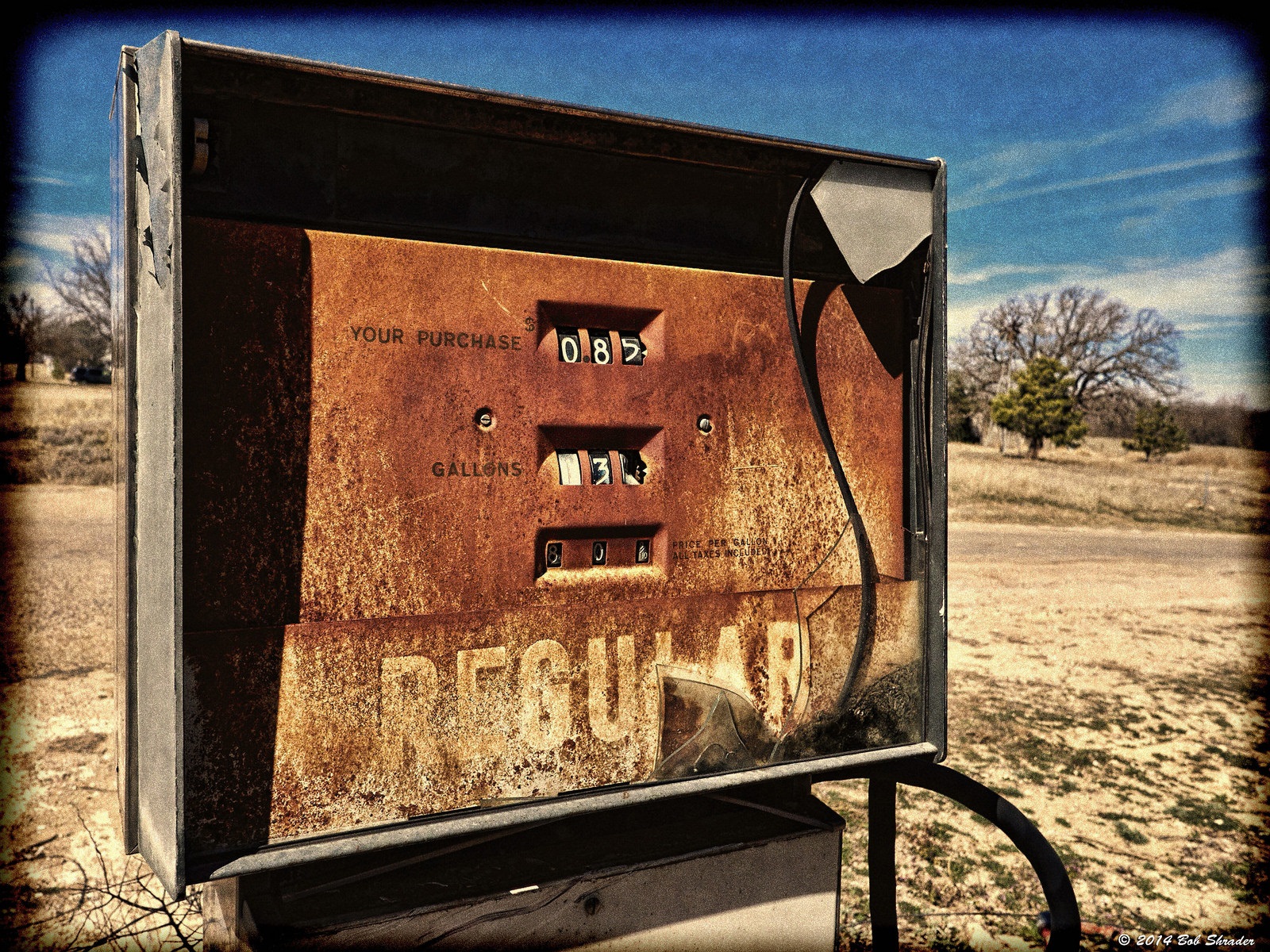 NEWS
NEWS
 NEWS
NEWS
 NEWS
NEWS
If driving to the gas station seems like a chore too far for you, then you might welcome the fact that fuel fill-up services are becoming more widely available in the U.S. Not surprisingly San Francisco was one of the first places to see such services, but over a short period of time the number of apps that offer to come and fill up your car has grown, beckoning the question if we will see a demise in the number of gas stations in the near future.
On-demand fuel delivery app WeFuel (WeFuel, Inc.)was one of the pioneers of this kind of service, now presently filling up cars in Mountain View, Palo Alto, Los Altos and Menlo Park in San Francisco. Taking some parts of SF could hardly be said to be taking over America, but the startup has big ideas, and it’s not the only company with such ambitions.
In an interview with Forbes, co-founder and CEO of WeFuel, Ale Donzis, said, “Our vision is about getting to the point where every car is connected with WeFuel. We’re launching delivery in Menlo Park and Palo Alto, but we plan to go all across the Bay Area by the end of the year, and nationwide in two to three years’ time.” WeFuel is not without competition though, Filld (Filld, Inc.) also does its business in the same area, only demonstrating consumer demand.
That was waaaaay back in January 2016. Since then other fuel delivery services are making their voices known, such as Yoshi, Booster Fuels and Purple. Yoshi, in business before WeFuel, said its service is “sweeping the nation” although at the moment it’s only available in Nashville, Atlanta and San Francisco.
Booster fuels, which started mostly in Texas and has been called the “Uber for gas”, recently spread its wings after raising $9 million in Series A funding. Like WeFuel, the company hopes to infiltrate the entire United States, except its service mostly provides fuel for companies whose parking lots get a regular visit from the itinerant gas provider. Other services such as FuelMe (FuelMe LLC) also offer enterprise packages and deliver anywhere in the U.S.
Purple (Purple Services, Inc.) offers much of the same as WeFuel– it’s hardly a service that can get too creative – but in Los Angeles, Orange County, San Diego, and Seattle. In Miami you can make use of GasNinjas (GN Fueling Co.).
So far it looks like this has only taken off in the U.S. and Lagos, Nigeria (due to fuel shortage and the shifting cost of gas) The U.K. for instance has nothing of the sort. Britain has a notoriously high gas (petrol in the U.K.) price due to two thirds of the cost going to government tax. Considering the cost alone of driving to the nearest petrol station in the U.K. one would think the American model of fuel delivery apps could quite easily take off in the U.K. That is, if regulations allow.
It might be looking like fuel fill-up services could diminish the U.S. of one of its most well-known icons, the gas station, but right now such services are coming up against opposition that says driving about with large amounts of fuel is just not safe. This has been called illegal by the Los Angeles Fire Department, which is presently trying to get the services off the streets.
Start-ups have fought back, asking why this has become an issue months, or even years after already starting their businesses? Perhaps because these startups are a “disruption to a fuel industry” according to a recent story in Bloomberg. As the article states, there are myriad regulations that the startups must adhere to, and those regulations, according to some critics, are being ignored. The startups argue that their drivers are qualified and that the service – basically consisting of carrying a gas tank on the top of a truck – is safe.
It seems the gas filling services feel there is a conspiracy to put their burgeoning businesses out of work. According to reports from the U.S. Census Bureau, gas stations sold $534.7 billion in gasoline in 2014, spread out over 10,545 gas stations. The net profit from all those stations was reportedly $66.6 billion.
Now consider that, according to one venture capitalist firm, buying and equipping a truck ready for the fuel fill up delivery business costs around $50,000, compared to the $2.25 million to buy a gas station. It’s easy to see why such services have seen some opposition. All a delivered fill-up will cost you is around $5, and the fuel price won’t be any higher than that charged at a nearby station. All things considered, the drive there, the cost of gas to get there, the effort spent and your convenience, $5 is hardly a deterrent from using the service.
THANK YOU